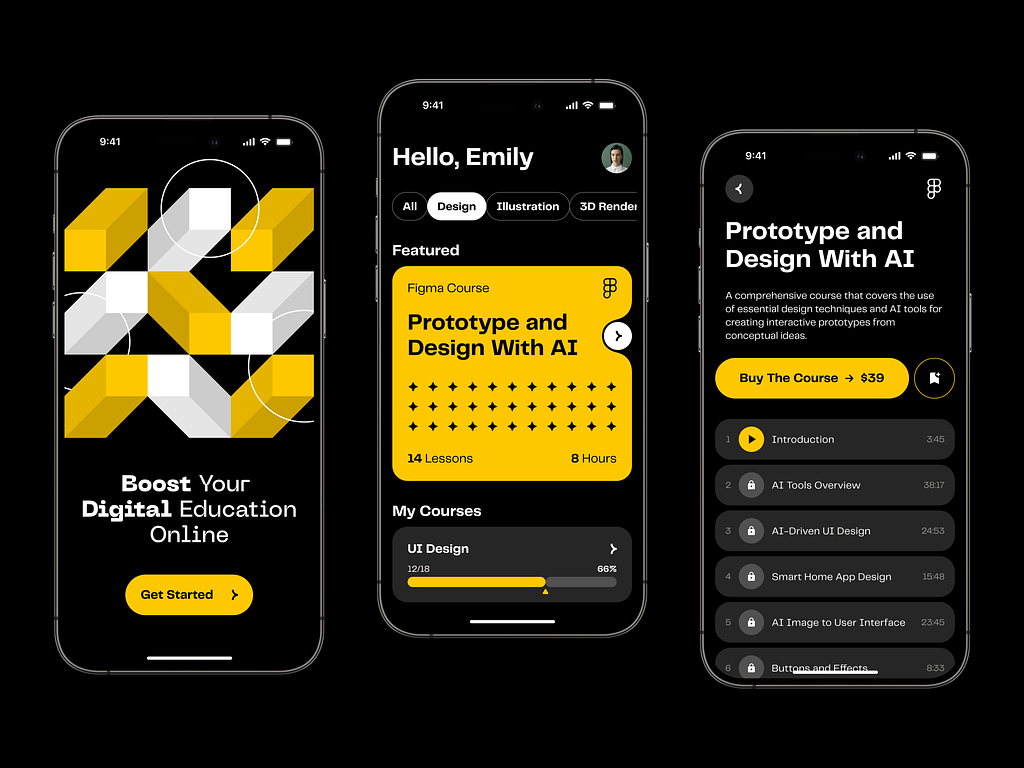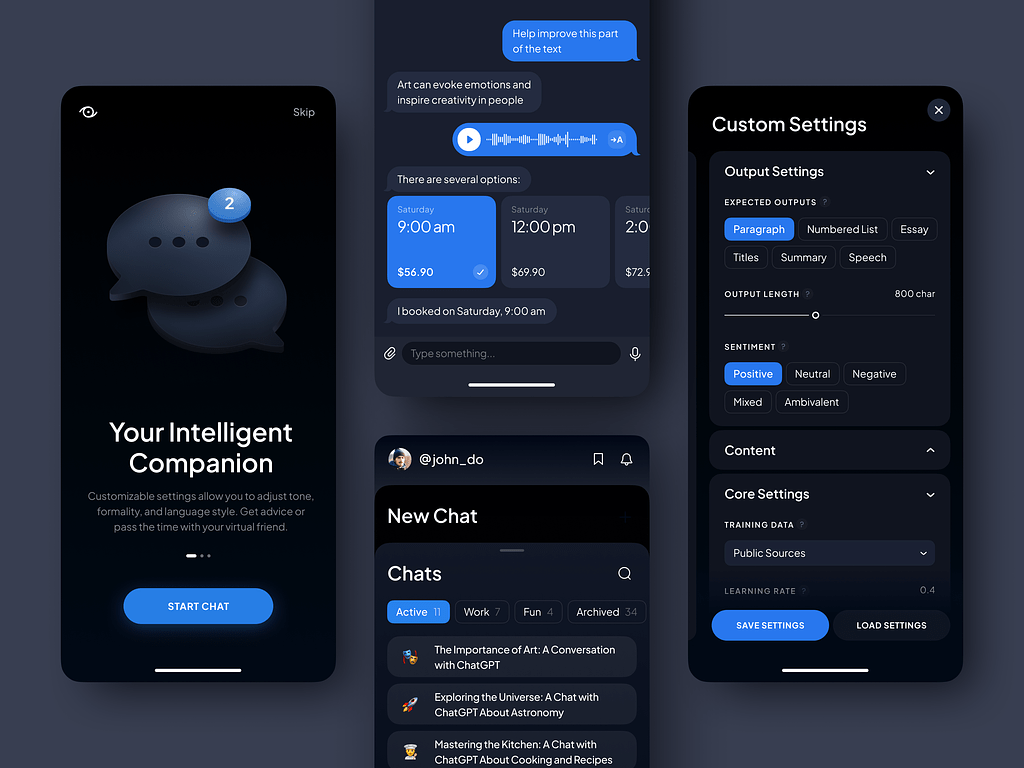The process of manual video creation can be both time-consuming and costly, leading to challenges in meeting project deadlines and keeping up with the demand for engaging visual content. You can spend countless hours on laborious creation processes and still struggle to keep up with user demand. In terms of small business, this approach won’t get you ahead of the competitors.
Contents:
If you are into video production, then you’ve probably heard of text-to-video AI. So far, neural networks had limited potential in terms of animation and videos. The output was a total mess. For example, take a look at this clip:
Recently, OpenAI announced Sora: a new version of video-generating AI. It shows a different level of detail. The results are close to true-to-life recordings, with correct perspective, professional lighting, flowing movement, etc. Here are a few examples from OpenAI:
Although Sora is available only to a few chosen teams, you can already start transforming your content creation. In a couple of years, people will get used to video generation just like they got used to ChatGPTs. Let’s see how you can turn text to video and uncover the reframing possibilities that await you.
What’s text-to-video AI
Let’s start with a short definition. The concept utilizes artificial intelligence algorithms to automatically generate videos from text prompts. So you can create visuals without the need for editing skills or a creative team.
The process typically involves the following steps:
- Write a text prompt: provide AI with written content, such as a script, blog post, prompt, or presentation outline, that you want to convert. Some new video-generating AIs like Sora can create and expand from still images too.
- Natural Language Processing (NLP): Artificial Intelligence uses special algorithms to analyze and interpret your content, identifying key themes, concepts, and information. The model understands the language, so it can evoke desired emotions.
- Visual storytelling: then AI generates a storyboard and selects relevant visual elements, such as images, graphics, and animations to illustrate and articulate the message effectively.
- Video creation: the system automatically combines the selected visual elements with audio, transitions, effects, and text overlays to create a cohesive and engaging presentation that aligns with your intent.
- Editing and customization: you have the flexibility to customize the generated content by adjusting visual components, selecting music or voiceover options, adding branding elements, and making other modifications to suit your needs.
Benefits of text-to-video AI
Despite all the controversy, smart algorithms offer you lots of advantages. Here are just a few of them:
- Time and cost efficiency: you automate the video creation process, saving valuable time and resources that would otherwise be spent on manual production.
- Scalability: with AI video generation, you can easily scale content production, creating a high volume of videos in a shorter amount of time. It is especially beneficial for marketing campaigns, product launches, and social media content.
- Engaging visuals: videos are highly engaging and capture the attention of viewers more effectively than text or static images. You can create visually compelling presentations that resonate with your target audience.
- Improved communication: it’s an effective way to communicate complex information in a more digestible format. AI-generated videos can help you convey your company’s messages more clearly. As a result, you have better communication with customers, employees, and stakeholders.
- Competitive advantage: thanks to increased speed and scalability, you can stay ahead of the rivals in social media and marketing.

Online Educational Mobile App Featuring AI by Shakuro
Weaknesses of AI video generation
Just like other Artificial Intelligence models, it suffers from misinformation, hateful content, and bias. Smart algorithms are trained on hand-picked data, so they absorb misleads and errors.
As for the new generation like Sora, OpenAI says it struggles with the physics in complicated scenes and may not comprehend the correlation between the objects. For instance, there can be an action but no result. Moreover, the model often messes up spatial directions and long-lasting actions, such as following a camera trajectory.
Also, people often have negative attitudes towards smart algorithms. They just simply don’t have enough time to adapt to the technological changes. It’s better to check what your target audience thinks about Artificial Intelligence before integrating it into content making.
Recently, Wacom used an image generator for an ad campaign and was dragged into a huge scandal. The company produces tablets for digital art. Imagine how artists were pissed off when they saw the equipment manufacturer using AI instead of humans? The company saved resources but undermined its brand.
If you decide to opt for video-generating AIs, you will need to supervise content and sometimes fix it manually. Still, cost reduction, time efficiency, and scalability might be worth it.
Integration with existing tools
You can integrate AI into your work processes to streamline the flow and enhance overall video production.
- Content Management Systems: Using CMS, you will be able to access and import written content for video creation easily. Your team can streamline the process of converting text to video within existing content management workflows.
- Video editing software: Complement existing tools by automating tasks such as storyboard creation, image selection, and subtitle generation. This way, you can create high-quality presentations more efficiently.
- Marketing automation platforms: text-to-video AI can be integrated with marketing automation platforms to speed up the creation and distribution of content for marketing campaigns. As a result, you can automate the process based on predefined criteria, such as target audience segments and campaign objectives.
- SMM tools: social media management tools work well with video generation. This integration helps you maintain a consistent posting schedule.
- Analytics: pair smart algorithms with analytics platforms to track the performance of generative AI videos and measure key metrics such as views, engagement, and conversion rates. It allows you to optimize production strategies.
- E-commerce platforms: generate product videos that showcase merchandise and highlight key features. With this approach, you enhance the shopping experience for customers and drive sales by providing visually appealing video content.

The AI Prompt Assistant by Conceptzilla
Conclusion
All in all, new text-to-video AIs show an amazing level of detail. It’s a step forward in terms of content generation and allows you to create visually appealing presentations without a team of editors.
However, the emerging tech needs some time to polish the output and get rid of potential bias and errors. It’s a great tool to speed up the content creation process, but video generation won’t replace your team of content managers.
Do you want to integrate AI into your service or application? Contact us and let’s create a versatile product that will help users achieve their goals.
